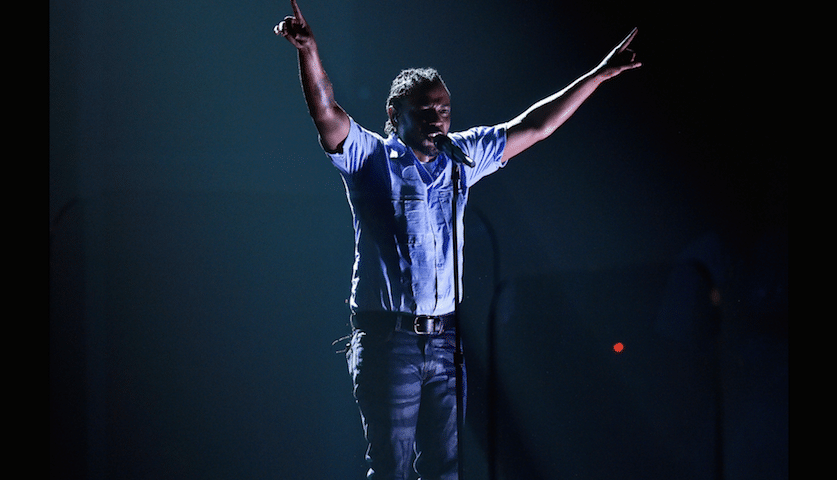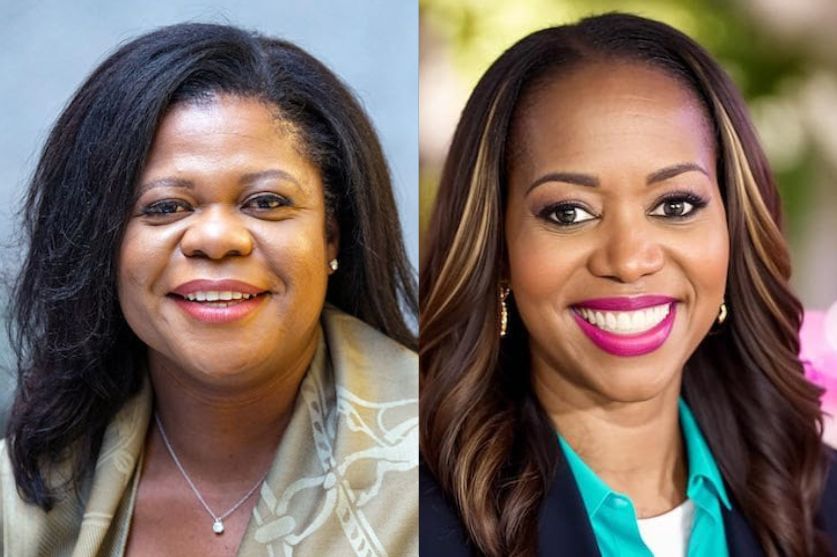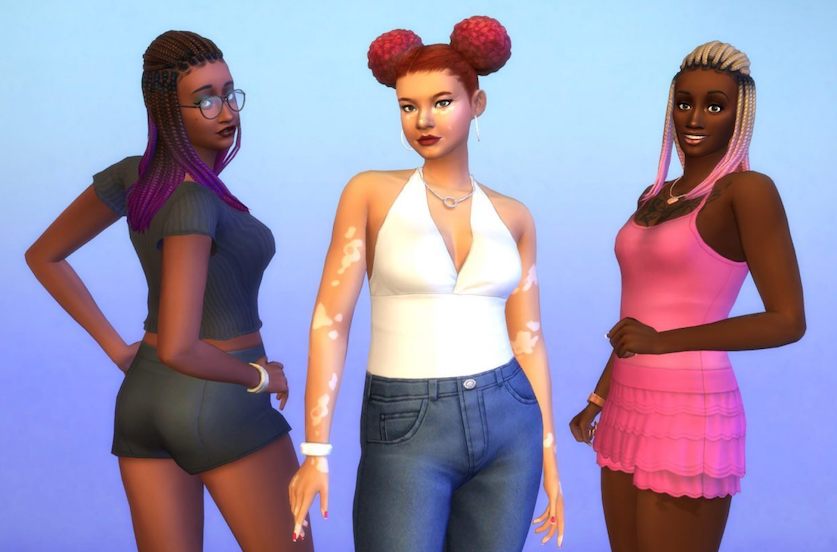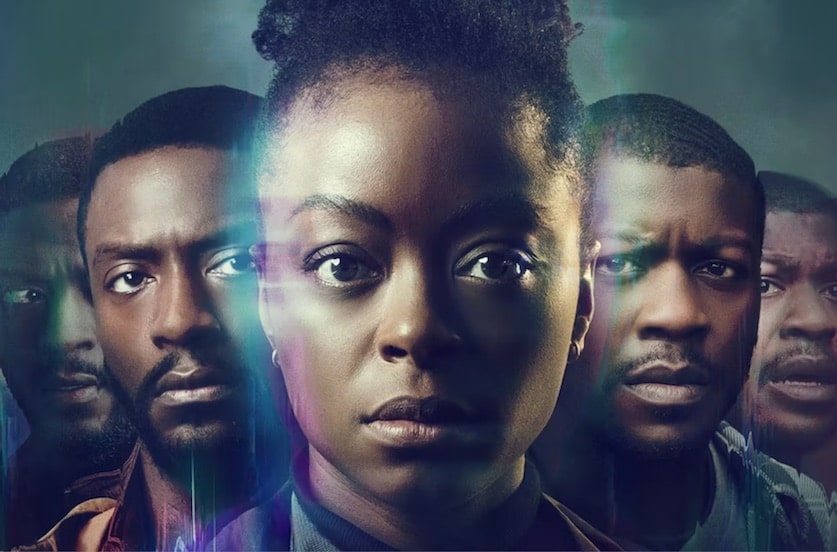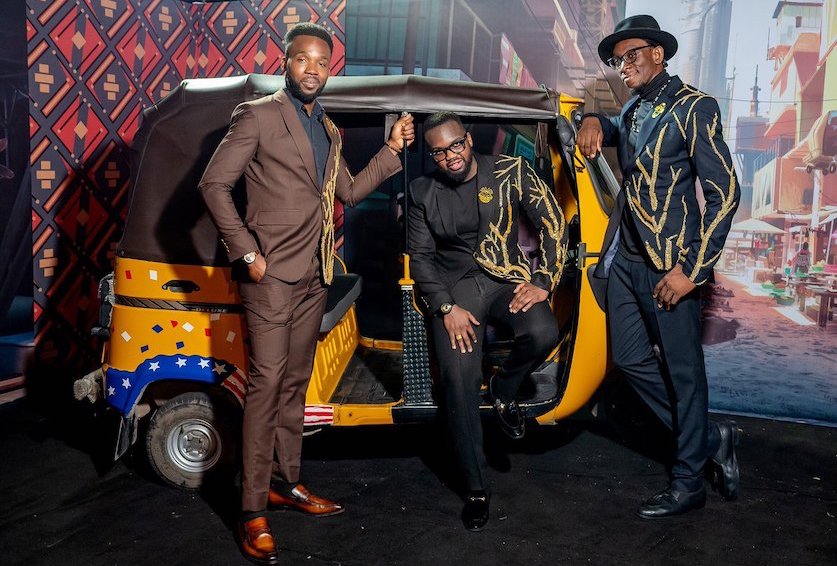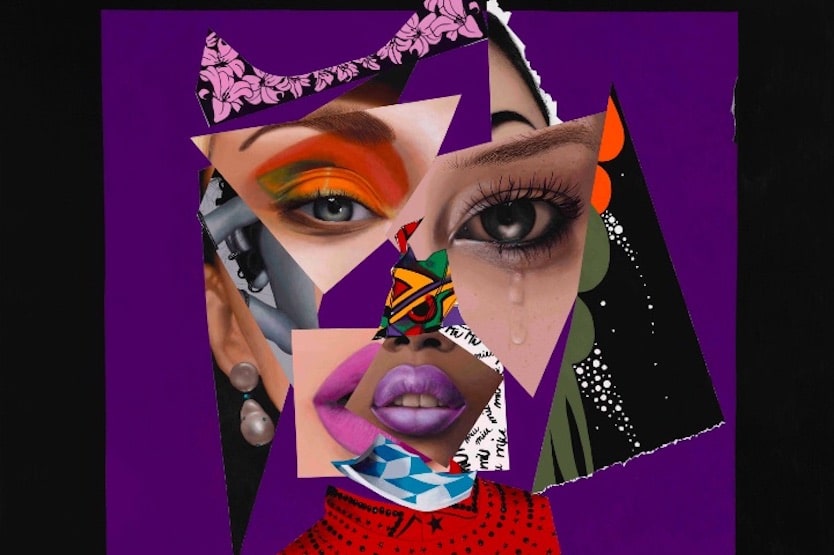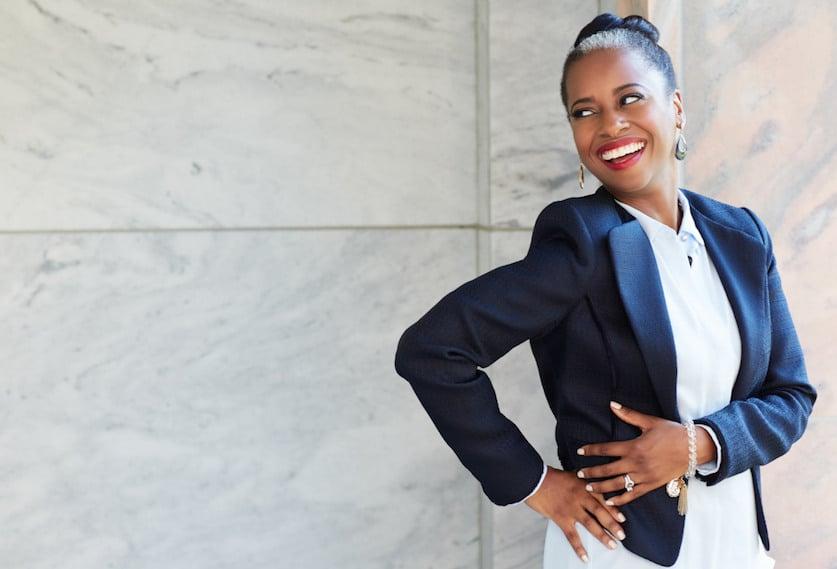
How Technical Fabrics are Disrupting the Retail Fashion Industry
February 15, 2016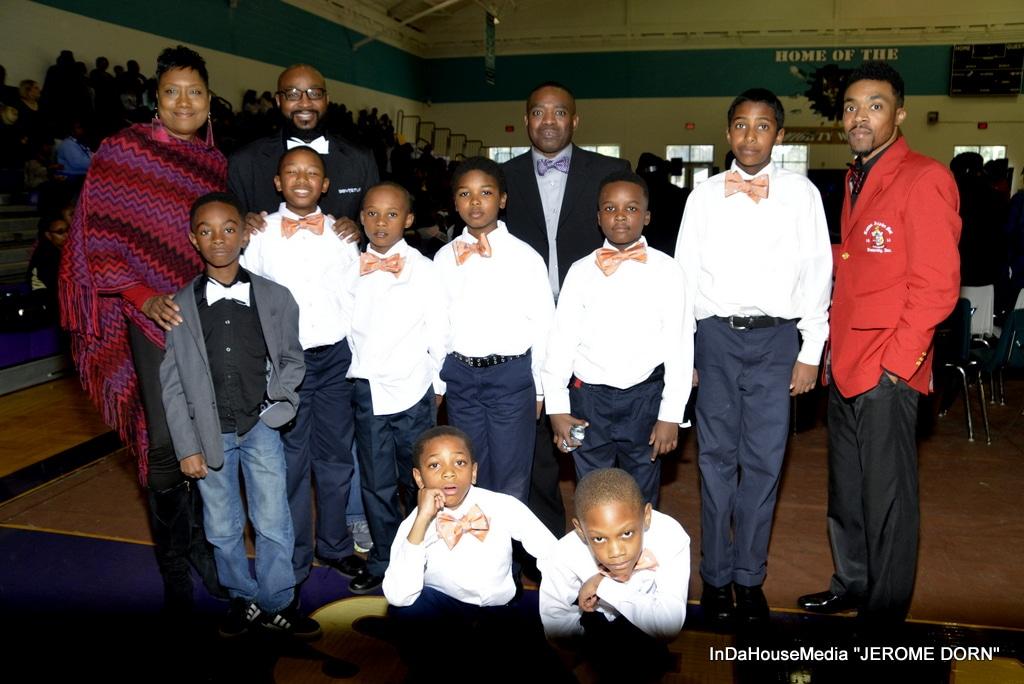
Bow Tie Wednesdays Inspires Students to Flourish in the Classroom
February 17, 2016Two performances at the 58th annual Grammy Awards drew a distinction between art and artful evolution. In the domain of the Grammys, there are entertaining performances, and then there are pioneering ones. The music industry’s top honors delivered a duo of culturally aware renderings that fired on all cylinders and had people singing their praises.
The culture of music today challenges societal norms and is tangibly transformative and informative. Music is an expressive language of culture that tells a story, voices ideas, and offers solutions. It is the great democratizer. Two high-octane performances punctuated the night with strong references to racial inequality, police brutality, politics, criminal justice, and black identity.
The cast of the hit Broadway musical “Hamilton” has taken the world by storm, establishing that historical musicals are trendy after its performance during the Grammy Awards on Monday. Televised live from New York’s Richard Rodgers Theater, playwright, composer, lyricist, and star Lin-Manuel Miranda created a brilliant production employing rap, R&B, jazz, show tunes, and rock to tell the story of Alexander Hamilton, Thomas Jefferson, and Aaron Burr.
Hamilton gives Broadway a bolder voice about critical social issues
“Hamilton’s” soundtrack won a Grammy for Best Musical Theater album, beating “An American in Paris,” “Fun Home,” “The King and I,” and “Something Rotten!” A mostly African-American and Latino cast portrays the roles of the white Founding Fathers. “It’s a hip-hop story. It’s Tupac,” Lin-Manuel Miranda, said in an interview.
This marks the first time a Broadway show’s performance was broadcast live at the Grammys via satellite. The racially diverse and musically daring show gives Broadway a bolder voice about critical social issues that it has not heard since “Rent.” “Hamilton” is so exhilarating because it deals with the lives of modern-day immigrants and African-Americans. In “Hamilton,” America belongs to everyone, especially those excluded from the mainstream American history narrative.
It is nearly impossible to explain why “Hamilton” works and moves the masses. Instead, it is far more productive to reflect on the material that showcases the birth of the nation not solely as the work of upper-class white men but as the story of all Americans through the eyes of orphans, immigrants, blacks, and women. “Hamilton” is the talk of the town, and now everyone is talking about a musical that forces us to rethink what America is and where the country is going.
Kendrick Lamar’s performance was supernatural
In a similar vein, the musical virtuosity of Kendrick Lamar’s performance was supernatural. Kendrick Lamar shows us that there is still much work to be done in furtherance of social justice and egalitarianism. The rapper, whose records about black identity and racial strife have become benchmarks of the Black Lives Matter movement, took a total of five prizes at the Grammy Awards and delivered a medley of his songs “The Blacker the Berry” and “Alright.” It was only fitting that the man behind the most aspiring album turned in the most ambitious live performance of the broadcast.
The piece began with Lamar and his dancers shackled together in a chain gang wearing blue prison uniforms and went on to feature them dancing in front of a giant bonfire joined by drummers on an African-themed set. Lamar’s performance was beyond inspired, ending with an arresting visual of his hometown, Compton, California, inscribed in the middle of an outline of the continent of Africa.
Kendrick Lamar rapped of police brutality and the shooting of Trayvon Martin by George Zimmerman. “On February 26th I lost my life, too / It’s like I’m here in a dark dream / Man hear screams recorded / Say that it sounds distorted but they know who it was.”
The critically acclaimed artist provided an important telling of modern slavery. As a musician, Kendrick Lamar shared with audiences the powerful symbols of African-American struggle: shackles, a prison cell, and a bonfire in challenging and honest ways. His set earned a standing ovation both inside the Staples Center and across social media.
In 2016, the word “diversity” is again a hot topic, and importantly so. “Hamilton” and Kendrick Lamar give added meaning to the term. In a world where many never develop the platform to fight injustice, last night provided more opportunities for all of us to do more and say more about discrimination. “Hamilton” and Kendrick Lamar had “Grammy moments” that will last a lifetime.
The 58th annual Grammy Awards are in the books, but that doesn’t mean the conversation ends. These spotlight performances during the middle of Black History Month have the advantage of healing, breaking down barriers, and educating. Music is a tool for social change, and “Hamilton” and Kendrick Lamar show us exactly why.
Stacy Slotnick, Esq. is an entertainment lawyer at Star Equity in New York. She drafts and negotiates contracts and addresses trademark, copyright, patent, and other intellectual property issues. Stacy also directs public relations campaigns and consults on branding, licensing, and merchandising. Stacy (a.k.a. The Foxy Jurist) holds a J.D., cum laude, from Touro Law Center, and a B.A., summa cum laude, from the University of Massachusetts Amherst.
Follow Stacy Slotnick on Twitter@TheFoxyJurist


